- News
- Reviews
- Bikes
- Accessories
- Accessories - misc
- Computer mounts
- Bags
- Bar ends
- Bike bags & cases
- Bottle cages
- Bottles
- Cameras
- Car racks
- Child seats
- Computers
- Glasses
- GPS units
- Helmets
- Lights - front
- Lights - rear
- Lights - sets
- Locks
- Mirrors
- Mudguards
- Racks
- Pumps & CO2 inflators
- Puncture kits
- Reflectives
- Smart watches
- Stands and racks
- Trailers
- Clothing
- Components
- Bar tape & grips
- Bottom brackets
- Brake & gear cables
- Brake & STI levers
- Brake pads & spares
- Brakes
- Cassettes & freewheels
- Chains
- Chainsets & chainrings
- Derailleurs - front
- Derailleurs - rear
- Forks
- Gear levers & shifters
- Groupsets
- Handlebars & extensions
- Headsets
- Hubs
- Inner tubes
- Pedals
- Quick releases & skewers
- Saddles
- Seatposts
- Stems
- Wheels
- Tyres
- Health, fitness and nutrition
- Tools and workshop
- Miscellaneous
- Tubeless valves
- Buyers Guides
- Features
- Forum
- Recommends
- Podcast
feature
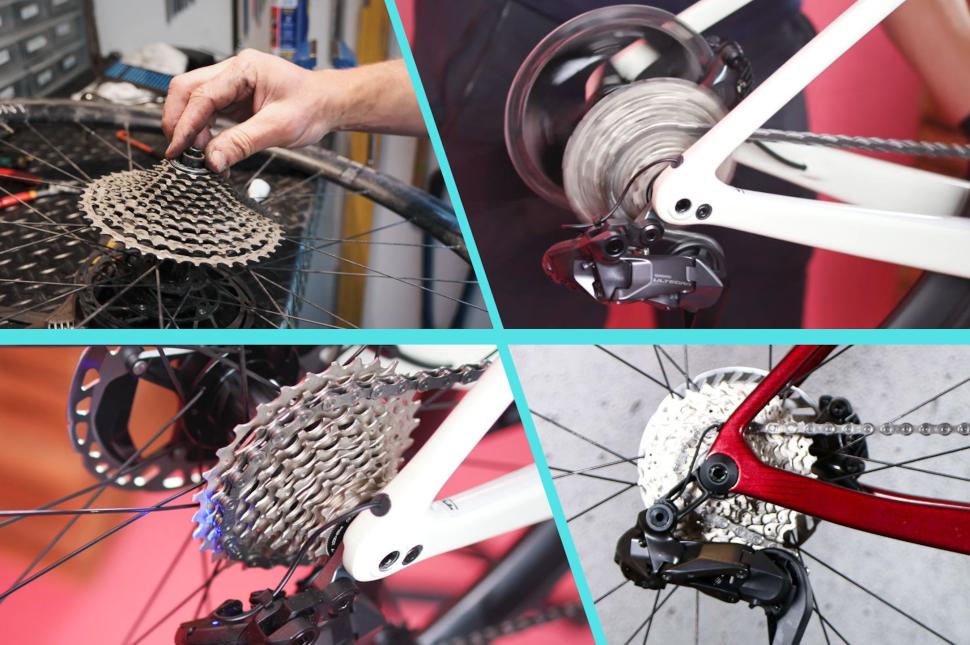 Wider cassettes
Wider cassettesDo wide ratio cassettes for lower gears have any place on performance road bikes? Why the pros are moving away from smaller sprockets
Years ago, the choice of gears available on performance road bikes was pretty much made for you, with a standard 53/39t chainset often the only way to go, and cassette choice limited to whether you wanted a measly 23 or 25 teeth on your back sprocket... or even a 21. Ouch!
Today, road bikes now come with increasingly wide cassettes and seemingly more gearing options than ever, with the leading groupset manufacturers now offering at least 12-speed cassettes to reduce the gap between each shift. So, why has the move to wider cassettes as a default setting happened? Are there still some circumstances where a tighter cluster is the way to go, or is something like an 11-34T truly better in all circumstances? Let's weigh up the pros and cons.
Before we get started, if you're new to all this: a bike cassette is a cluster of sprockets (gears) attached to the rear wheel of a bicycle. It works in conjunction with the chain, chain rings and derailleurs to provide different gear ratios, allowing you to adjust your cadence and therefore effort, to the terrain.
Gravel bike gears for the win?
The trend for cassettes to offer more gearing range is by no means new, and the largest sprockets have been growing in size over the last few decades. Whereas performance bikes of old typically came with 11-23T cassettes, it's now common to find 11-34T cassettes on Shimano-equipped road bikes, and 10-33T or even 10-36T cassettes on SRAM-equipped performance bikes.
This shift reflects a broader move towards providing road bikes with a greater range of gears. Take the Trek Madone SL 6 Gen 8, for example. This lighweight aero offering features an 11-34T cassette with a 23-tooth range that wouldn't have looked out of place on a gravel bike a decade ago.
Similarly, the Specialized Tarmac SL8 Expert comes equipped with SRAM's 10-36T cassette, providing an even wider 26-tooth range.
Why wouldn't you fit a wider range cassette?
You might be asking, then, why wouldn't you fit a wider-ranging cassette? A wider cassette offers a greater range of gears and therefore can make the hills easier, but there are a couple of drawbacks.
The first drawback is that wider-range cassettes are typically heavier. For example, a Shimano Ultegra 12-speed road cassette weighs 291g for an 11-30T setup, while the 11-34T version comes in at a claimed 345g.
Likewise, SRAM's Red 12-speed cassette weighs 175g for 10-26T and 210g for a 10-33T cassette. Although this weight may seem negligible to the majority of us, bike manufacturers and pros alike are still keen to shave off every possible gram.
> 10 reasons why your bike's gears aren't working as they should, and how to fix it
The next drawback is that a wider range cassette will typically has larger gaps between sprockets, which results in bigger jumps in cadence as you change gear.
For example, the Shimano Ultegra 12-speed 11-30T cassette features sprockets sized 11, 12, 13, 14, 15, 16, 17, 19, 21, 24, 27, and 30T, while the 11-34T cassette has sprockets sized 11, 12, 13, 14, 15, 17, 19, 21, 24, 27, 30, and 34T.
For SRAM Red 12-speed cassettes, the 10-26T version has sprockets sized 10, 11, 12, 13, 14, 15, 16, 17, 19, 21, 23, and 26T, while the 10-33T version includes sprockets sized 10, 11, 12, 13, 14, 15, 17, 19, 21, 24, 28, and 33T.
> Cycling cadence: how fast should you pedal?
Elite cyclists, or just very particular amateurs, might find that the precise gear they want to keep to their perfect cadence isn't available to them with a wider cassette, or want the jumps between gears to be as small as possible to avoid losing any momentum. Examples where very close gearing is favoured include time trialling, where having the perfect gears for the course could be crucial to putting in your best possible time against the clock.
Why is this happening?
Today’s pro road racers are provided with equipment significantly more advanced than what was available 20 years ago, but it’s the range of gears that has been the most interesting trend as the groupsets have evolved. As the number of sprockets has increased, the gear range has increased.
It's now possible to offer riders a broader range of gears without compromising the quality of shifting or the reliability of the drivetrain. While wider-range cassettes from Shimano and SRAM introduced slightly larger jumps between some gears, they still offer smooth and reasonable progressions thanks to having an increased number of gears. For example, take Shimano’s 11-34T cassette from it’s latest Dura-Ace and Ultegra groupsets. It has a 23-tooth range between the biggest and smallest sprockets, which on average works out as less than a two tooth jump for each gear change. Compare this to the 5 or 6-speed groupsets of 50 years ago, and a cassette with the same range would result in an average jump of over four teeth per gear change, making it no surprise that these cassettes don’t really exist any more.
Some people might question whether 11-34T cassettes that Joe Public use truly belong on high-end road bikes, but when it comes to cycling equipment, the pros often set the standard.
Although pro riders are travelling much faster than the average chopper, they still require a setup with the ability to handle a range of terrains, from steep climbs to fast descents, without compromising on performance.
The most common chainset size in the pro peloton for typical stages of a Grand Tour, such as the Dauphiné, is 54/40T for Shimano and 52/39T for SRAM chainsets. Shimano neutral service bikes are fitted with 52/36T chainsets. At the rear, we've seen the widespread adoption of 11-34T cassettes amongst Shimano-sponsored athletes, and the use of 10-33T cassettes from SRAM-sponsored riders.
> Should you run a 1x set-up on your road bike?
Given that professional cyclists are amongst the most discerning users of bike equipment, the fact that the 11-34T cassette meets their rigorous demands suggests that the disadvantages we’ve discussed may not be so significant after all.
Despite many pros using this cassette size, their bikes still weigh around 6.8kg, which meets the UCI's minimum weight limit. This also indicates that the gear ratios are well-suited for these athletes, who prioritise both efficiency and performance.
As we mentioned earlier, the disadvantages of having larger gaps between gears on wider range cassettes has largely been mitigated by the increased number of gears on modern 12-speed groupsets. Although we recommend not copying everything that the pros do, going to wider-ranging cassettes is almost always one of the things that we would recommend doing.
Recently, we compared the Pinarello Dogma X with a Colnago CT1 Titanio Lux from 2000 on a rolling ride. One of the most significant advancements we've noticed in the past 20 years was the improved range of gears. Today's road bike gearing is far better suited to the needs of the average rider.
What about 1x?
As well as the shift to wider cassettes, an increasing number of bikes now use 1x drivetrains, which essentially means the bike has a single chainring with no front derailleur. These setups typically have even wider range cassettes, although the gearing range may not be as extensive as 2x setups. Notably, Jonas Vingegaard and his Visma Lease a Bike teammate Wout van Aert have used SRAM 1x setups for certain stages of the Grand Tours.
> Are single chainring set-ups the future of road cycling?
We've also recently reviewed Van Rysel's NCR road bike, the first mainstream pure road bike that we've tested that ships with 1x setup. We can see this trend becoming more popular in the future, especially on beginner road bikes where simplicity is a priority.
So, should you choose an 11-34T cassette?
Is an 11-34T cassette better than an 11-25T? For almost all riders, the answer is certainly yes, but it won't be required by absolutely everyone. If you live in a flatter area, you might not need the extra low gears that an 11-34T cassette offers. However, for those riding on varied terrain, the added range can be a game changer, and as the pros prove, without significant downsides.
We're now seeing much wider range groupsets with more realistically usable gear ratios for those of us that don't race. Having the gears to help out on challenging terrain and conquer more hills sounds like a good deal to us. Realistically, on my local group rides, it's more about ego than performance that stops people from switching to a larger cassette.
Can a bike shop swap your cassette out?
> Check out the gearing choices of the pros at the Tour de France
If the bike you’re considering comes with an 11-34T cassette that you don’t want or need, many bike shops will swap it out at the point of sale. This typically depends on whether they have your preferred cassette in stock and if it’s compatible with the other components.
It's generally much easier to go down cassette sizes than up, as you will most likely require a new longer chain to facilitate the larger sprockets if you decide you need a bigger one.
What's coming next?
There is a practical limit to how much bigger cassettes can get. Beyond a certain point, the added weight will become disadvantageous, and without further increasing the number of gears, larger jumps will make it harder to maintain a comfortable cadence. If you've ever ridden your mountain bike on the road, then you'll be well versed in this.
Personally, I think an 11-34T cassette is about the sweetspot for 2x setups, and I think we'll see more and more performance bikes follow suit. It is probably unlikely we'll see much larger cassettes in this configuration without compromising performance.
What size cassette do you ride? Let us know in the comments section below.
Emily is our track and road racing specialist, having represented Great Britain at the World and European Track Championships. With a National Title up her sleeve, Emily has just completed her Master’s in Sports Psychology at Loughborough University where she raced for Elite Development Team, Loughborough Lightning.
Emily is our go-to for all things training and when not riding or racing bikes, you can find her online shopping or booking flights…the rest of the office is now considering painting their nails to see if that’s the secret to going fast…
Latest Comments
- lonpfrb 6 hours 30 min ago
PCCs are an attempt to provide Legitimacy by connecting an elected representative to the oversight of Policing. Thus voter surveys to sample...
- ktache 7 hours 18 min ago
Mine tend to get knocked by the chaining of the bicycle, then fall off later. To be found next time I use the light. Some crushed.
- ktache 7 hours 21 min ago
I'm guessing not that very manoeuvrable either.
- Simon E 8 hours 34 min ago
That is a pity, Malcolm had a great reputation and spent a lot of time posting his no-nonsense advice gained over many years on Bikeradar....
- Rendel Harris 8 hours 47 min ago
It's a mark of how weak your pompous pontificating is that you're forced to make up things I never said in order to try to defend your "look at me...
- SaveTheWail 10 hours 28 min ago
'I was so lucky that I was doing the speed limit' (!) http://www.bbc.com/news/articles/c17d598vj0qo
- Blackthorne 11 hours 50 min ago
It's mentioned in benefit #2 in the article...
- levestane 12 hours 2 min ago
Pneu ballon and hookless rims are back, I still have some 27" Birmalux rims in the shed somewhere.
- brooksby 13 hours 51 min ago
Well yes, but it is the holidays
- Rendel Harris 15 hours 2 min ago
Thank you for that excellent forensic analysis, I couldn't figure out where I'd gone wrong! Must drink more coffee and put on glasses before trying...

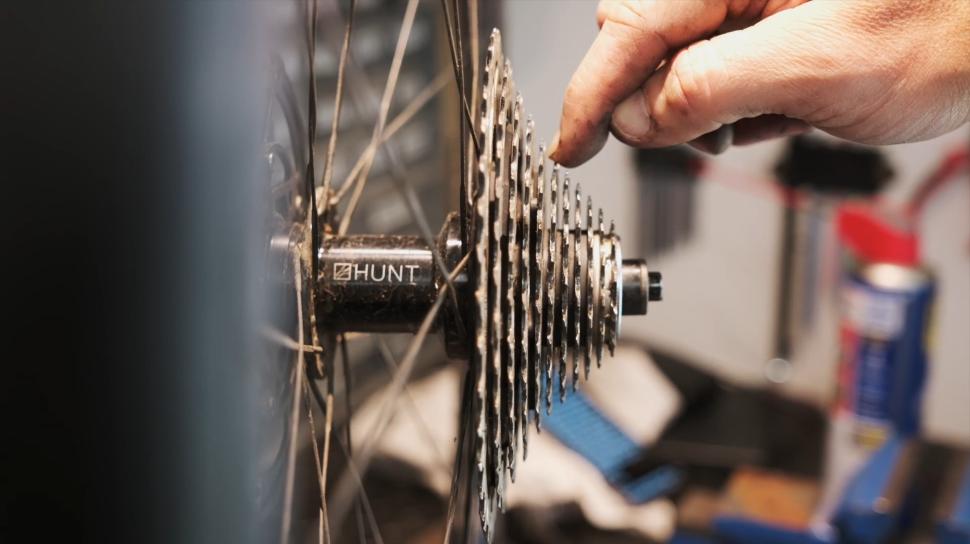
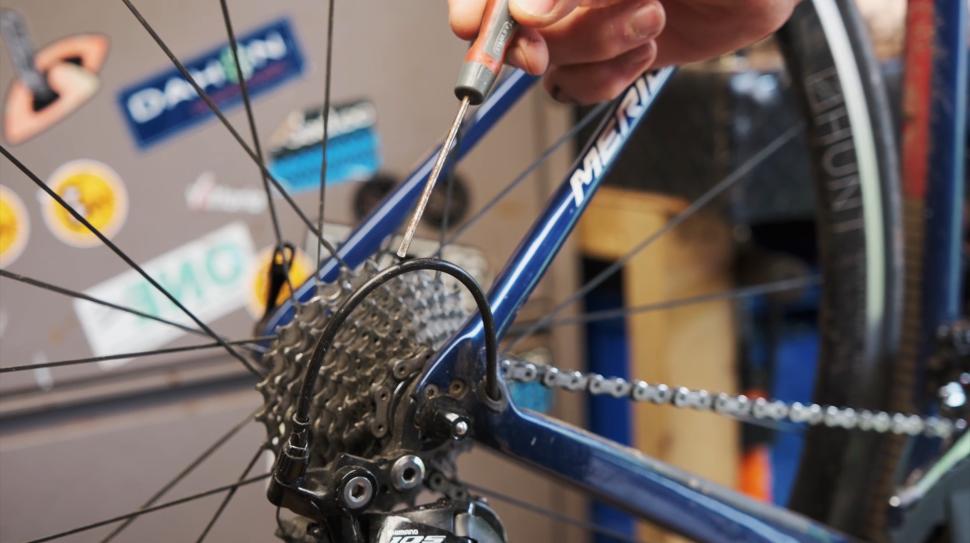
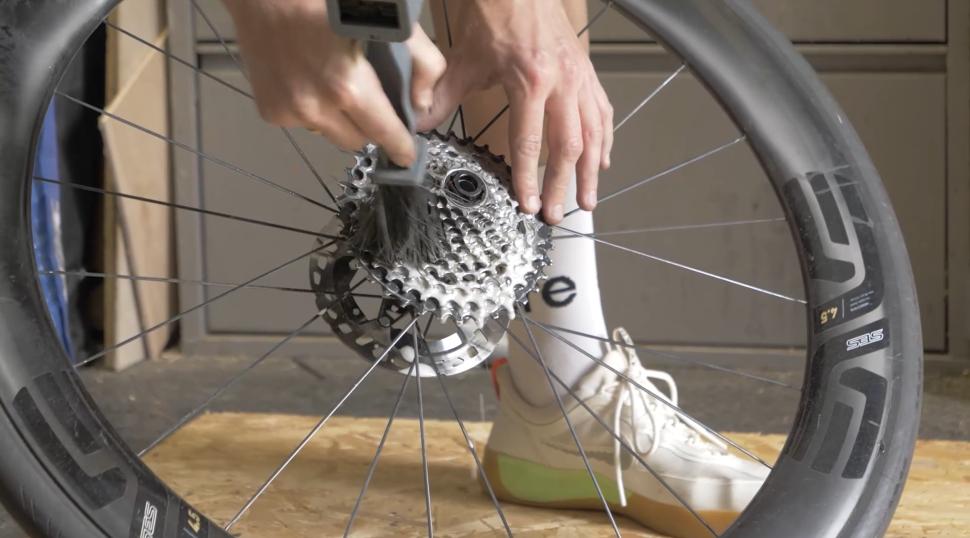

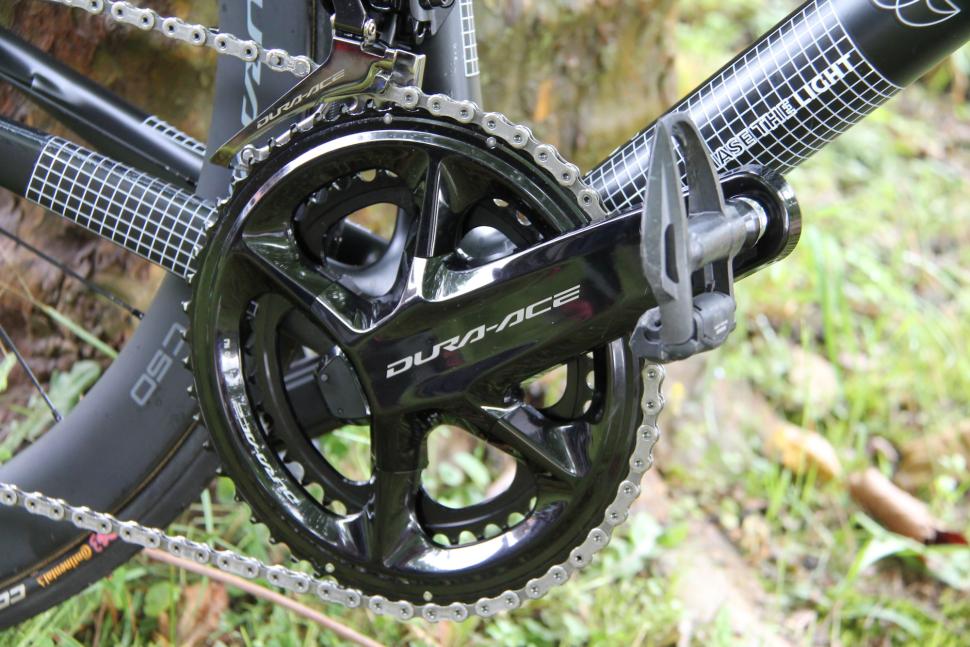

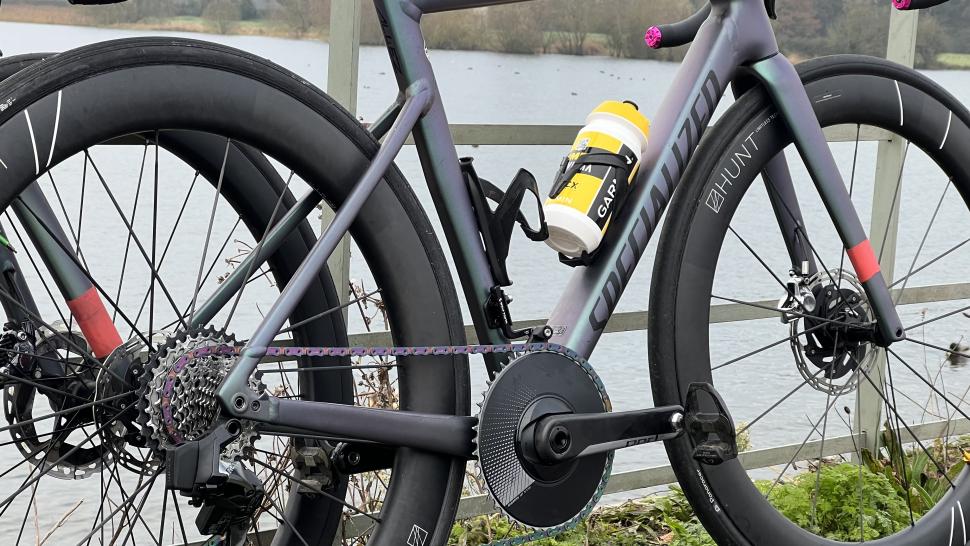
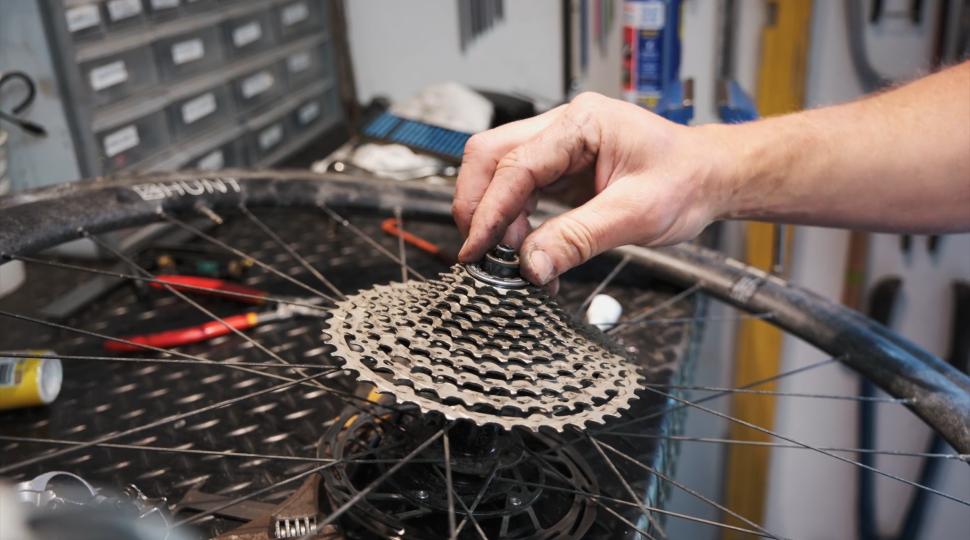

Add new comment
49 comments
One also wonders if the recent shifts in the pro peloton towards short cranks lengths--1 to 1.5cm shorter than common convention--necessitates lower gearing due to reduced leverage.
Leverage alone doesn't hold up quite as much - it's combination with cadence. 400w is still 400w but turning a smaller circle faster is more efficient and offers better torque. It might seem counterintuitive but it's not noticeably harder to ride shorter cranks. I run 165mm on fixed gear and have gone from 172.5 and 175 on geared bikes down to 170 and don't struggle at all. If anything I find it easier because I am more comfortable - by not stretching my legs in as far an exaggerated circle.
You're likely also to need a medium or long arm RD if you're changing from say 25t to 34t. Short cages in theory shift a little better.
Ask yourself too if as an ordinary Jo running for example 52t/11t whether you are over-geared - do you ever get (on 10s) to use gears 18, 19 or 20 and how fast are you going out there if you do.
I get away with using a short cage on an 11-32 (Tiagra 10 speed, latest gen) with no issues, although the B screw is at its limit. I am not using a hangar extender, either. Shimano are very conservative with their gear range recommendations. A long cage 10 Tiagra, or 11 speed 105/Ultegra can probably take an 11-36 in their respective speeds. I imagine that the 12 speed with a max 11-36 can probably take a 40t large sprocket but I don't think there are any manufacturers making 12sp 11-40 Shimano compatible cassettes.
I've squeezed a bit more gearing range on my SS equipped bike with a Miche 13-29t cassette that is paired with a Shimano 50/36.
I've got another bike with a Shimano Triple on it running brifters - despite all my years' experience with set-up and riding, I'm stalling on hills, hills I know are there, once too often and can't get to the Granny gear quick enough. If it goes on happening I'm changing to to a double/ Stronglight. D/T levers aren't an option on this bike.
We have a few decent descents in my area and I don't spin out til about 45mph on a 46x10 which is better than I used to manage 40 years ago on a 53x13.
Similar. I was on edge of spinning out on 50*11 last week on level tarmac, no noticeable breeze, 45 kph. The whole bike package of 2018 Roubaix Expert Ultegra cabled, wheels, tyres, changed bar & stem to give much lower position, is so much faster than 1970s to 2000s bikes with 52*13 max gear and 23C tyres. It really is about the bike, not the rider to a surprisingly significant degree!
You're 69 and you ride 2 km/h slower than Remco's Olympic-road-race-winning escape on level ground without wind assistance? Impressive…
ETA 45 km/h on a 50x11 gear, assuming you have 700c wheels, requires a cadence of 80 rpm, which is not spinning out by any stretch of the imagination.
Leafy Essex lanes providing the usual speed increase?
To be fair though they didn't say how long they were riding that for. Even Jamie's mum can manage 47 kph for 18 seconds...
Anyway - riding on after life-threatening health crises? That's great! If only there were some way to fix it so more than the exceptional few felt they could enjoy cycling (and get some health benefits, even if milder ones - maybe avoiding some pitfalls - or just falls - also?)...
This is a fantasist (polite word for liar) who makes Walter Mitty look like George Washington: 69, massive heart attack, gains 5-10 kph just by assuming a radical head-down postion, only held back from going faster than 45kph by not having a big enough chainring ( curse those cassettes not having a small enough cog such as 10 or 9) etc. etc
I'm 69. Recently got back on my 2018 Roubaix cable gear Ultegra after lockdown, massive heart attack, indoor workouts, and 7-speed urban bike on steep hills of SE London. 4 rides, 250 km so far from SE London to Tonbridge Inc several hills. I've nearly spun out the 50*11 top gear, not needed the bottom three cogs with 34T inner ring. 22 gears very different from 1970s old days 52/42 * 13/28 6-speed UltraSix freewheel. Then, I could spin out top gear but zig zagged up 20%+ slopes.
If I could, I'd consider 54/36 at front and 12-speed 11/36 at back. 4, even 6-tooth difference between lowest cogs is close enough at that end to be a smooth jump. That would give me the perfect gear for every scenario except down a smooth hill with following breeze. I really am no longer a strong rider despite being stronger than I expected. Fatter tyres, back to about 1⅛" or 1¼", that flex better than old days and today's vast gear ranges make for fast riding, even on heavy rutted roads
You should try SRAM AXS with 46x33 at front and 10x33 at the back, best of both worlds, not quite the top end you want but great everywhere else!
2024 Giant TCR pro has paired 46x33 with 10-36 at the back which seems a bit excessive unless your based in the Alps and is verging on cyclo-cross gearing. Not too sure how well this would hold speed through flatter roads and longer decents.10-33 sounds like enough for most people's needs. I currently run 52/36 Shimano and changed from 11-30 to 11-32 to make the longer climbs a bit more enjoyable
Hay, ive ride bikes for 30 years ,and remember how hard the climbs was with 39front and 25back. Now im 51years old, and after some healt issues, ive donated 3of my bikes to ucraine because i feel sad about them really,and i dont compete any more. But good feeling to send them a nice road bike,gravel bike and a mtb. Hope they can use it for what they want ❤️🇧🇻🇺🇦 baught myself an allroad bike ridley grifn with room for 38mm tires for some lighter gravel, and 1 wheelset with 32mm gp4season for road use. And i build it up with easy gears,cause after some hard health issues i needed easier gears to come up climbs when they are 10-20% ascent. Thats why ive now have 50/34 up front and 11/42 rear with use of roadlink. Works pretty good. Ive got 11sp r7000 gears. Saw the article about the bigger gears evolving. When i meet someone and they look at my gears,"do you really ned that easy gears" yes i do !! And many dont think about that, both Roglic and Contador, 2 of the best climbers ever, they have used 34 front and 32 back on they gears, for the steepest climbs in vuelta and giro. Then its no shame at all, for no super bikers like me, to build up as easy gears i can on my bike👍😉 wider tires and easier gears are more and more normal. And i think for most riders 50/34 and 11/36 and 32mm tires will work just fine on road bikes today. Best Regards huge Tadej and Demi pro fan,and of course im a big fan of my home country's cycle team in Norway Uno X😉🚴♂️🇧🇻🇺🇦
I live in a hilly area so I am running 11-32 in multiple guises. 10 speed (Tiagra) with 52/36 on my winter bike (alloy frame, mudguards and panniers fitted) and 11 speed (105) with 53/39 on my summer bike (carbon, no accessories), which I also race timetrials on. As I can't justify spending time and money continually swapping cassettes and chains to suit, I don't switch to 11-28 even if the flatter courses I race on may suit some rides better. The gaps aren't huge to be a major problem, but as I also ride fixed from time to time, I am used to riding at different cadences.
I am looking forward to riding my vintage Claud Butler for the first time once I have the wheels rebuilt - That has 1x4. A 14-20 4 speed block at the rear with a single 46t chainring up front.
One cyclocross bike runs 11-34 and I put old style mtb chainrings 44-32-24 on too! In winter I can wind myself up 20% Miserat slopes easily, but not in summer. Another roadbike with aero extension bars, runs 11-42 cassette with 1x 49 165mm track crankset for flatter areas and works well too. Oddly I find on aging that I still can spin out a 50/11 but that's more because my cadence has dropped dramatically.
At 31 and 65kg I's still a spring chicken. But even when the winter bike is laden with shopping I can get up any stretch of tarmac near me on 36f/32r - even a brief stretch at near 25%. I don't know whether that bike will last another 20 years, but if it does, then I may switch to a compact or sub-comp and 11-34, as I might need it by then.
The Claud Butler gearing will be a fun learning curve though! I have only ever used friction shift on the front on an old hybrid bike I had years ago, but never on the rear. Also, I do have a plan if the existing gears are unsuitable - go 2x5 with 52-42 and 14-24 on the rear. The used market for vintage spares is rife with gear.
You can tell that the writer is a youngster. 53/39 isn't standard. 52/42 is or maybe a 44. The 39 came in in the 90's, if I recall, as the common chainset.
Anyway as a relatively unfit rider I find the 11 pointless but it does allow a lighjter cassette at the cost of less mechanical efficiency. Trouble with big gappy cassettes is the gaps. Even worse in 1 x of course but I guess those from a MTb back ground don't know any different and what you don't know doesn't hurt you.
Best way to get a nice range is a triple up front and no, it isn't complicated as you run nice short rear mechs.
Pages